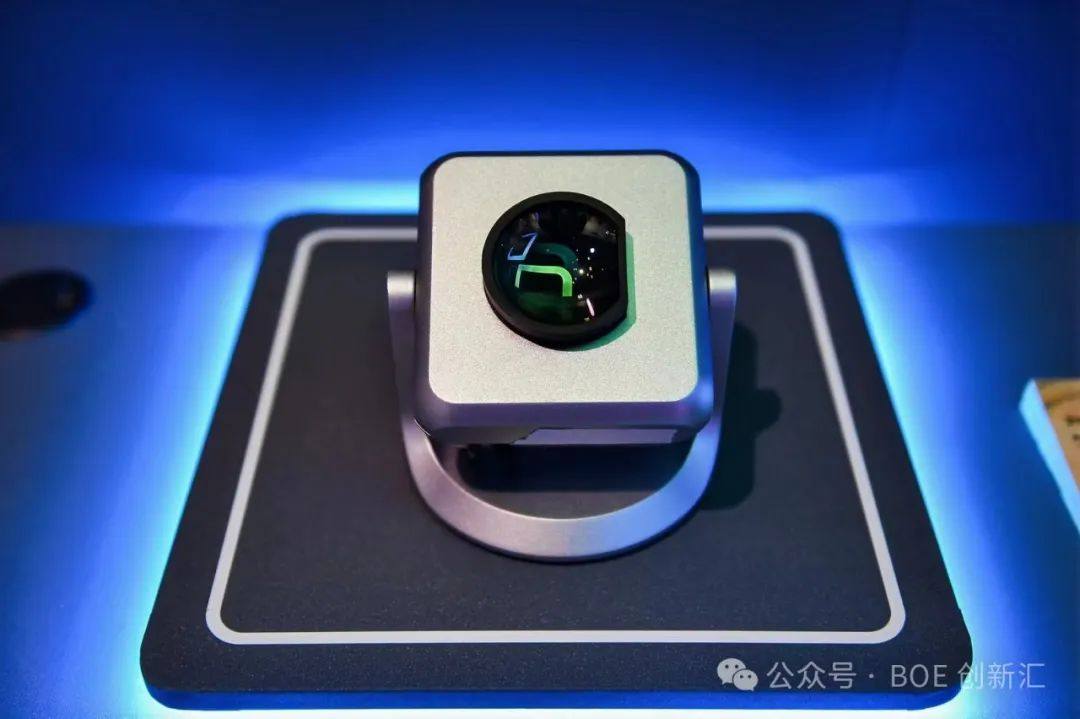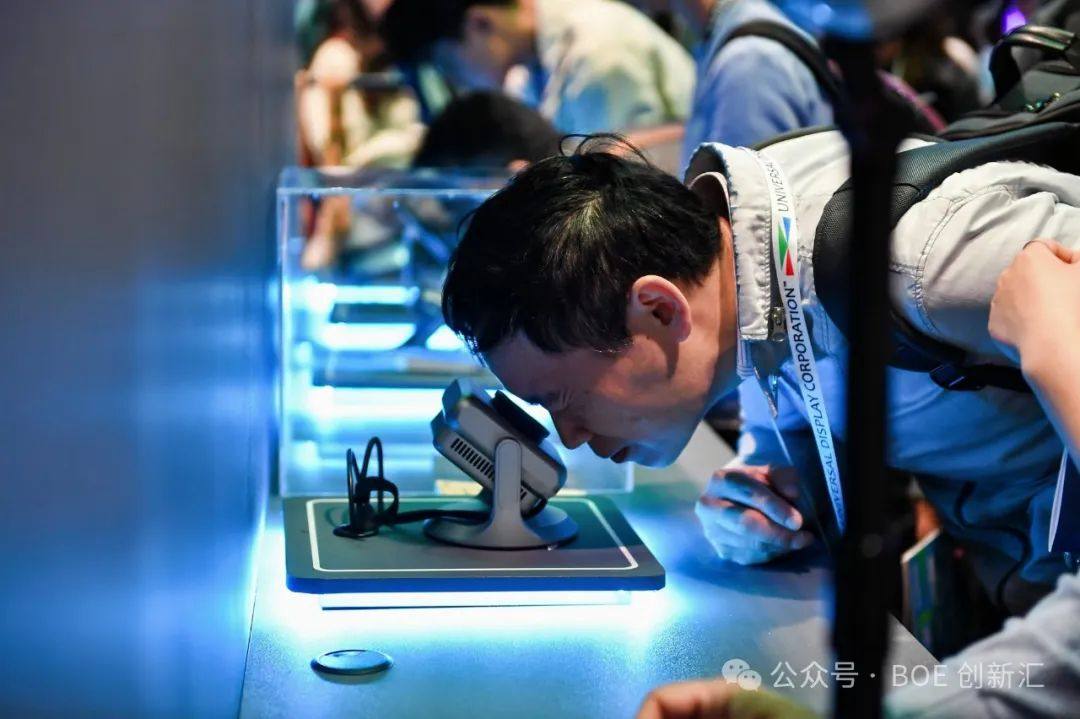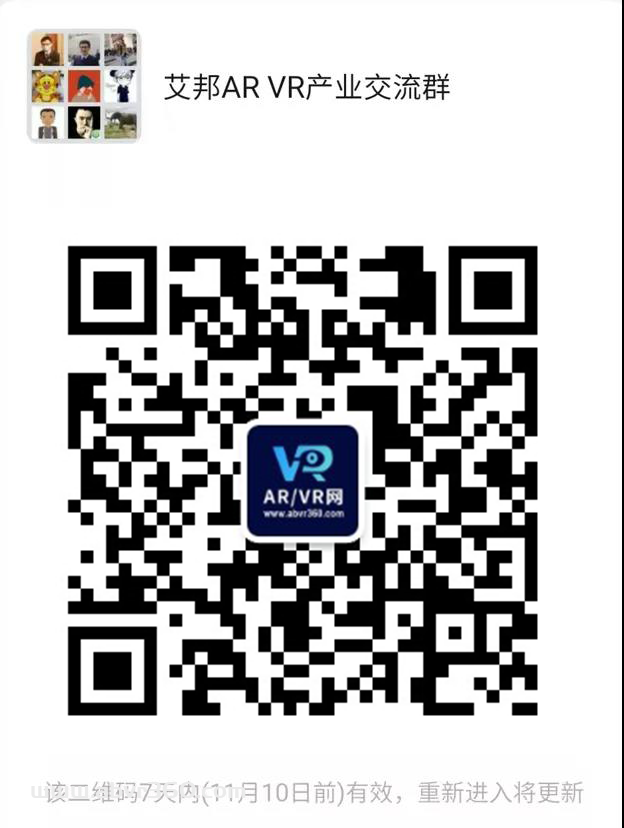伴随着元宇宙概念的逐步落地,XR产业日益火爆,头戴显示设备取得了长足发展,尤其是VR(Virtual Reality,虚拟现实)眼镜产品。为了实现沉浸体验,VR眼镜通过光学镜组,将显示在平面屏幕上的画面拉伸放大成曲面的、包围人眼视角(Field Of View,FOV)的虚拟现实内容,显示画面的颗粒度会被放大;而且由于画面距离人眼非常近,人眼的分辨能力大幅提高,对显示画面颗粒感的感知能力显著增强。目前主流的旗舰VR显示产品分辨率达到单眼2K(约1200 PPI),但仍不足以消除虚拟现实显示画面的颗粒感,实现虚拟现实显示画面的真实感和完全沉浸体验。
 |
 |
|---|
近日,京东方在近眼显示领域取得重大突破,并于SID 2024国际显示周期间发布2000+ PPI的 2.48英寸4K超高清Fast LCD+LTPO近眼显示屏,实现了视网膜级单眼4K的“真实”显示,消除了因屏幕分辨率不足带来的近眼显示画面颗粒感,让你沉浸赛博朋克的未来视界。
4K Fast LCD,视网膜级VR 沉浸赛博朋克的未来视界 众所周知,人眼视网膜极限感知能力约为60 PPD(Pixels Per Degree,每1°视角内填充的像素点数量)。主流的单眼2K VR光学系统,仅可实现约25~30PPD,如果想彻底消除VR画面的颗粒感,达到视网膜级显示,显示屏的分辨率需达到单眼4K(2000+PPI)。本次京东方推出的近眼显示屏,基于Fast LCD技术方案,物理分辨率达到3840×3840,视网膜级VR,结合90Hz高刷显示以及超多分区Mini LED背光技术,整体设备续航时间,使用寿命以及色彩表现将会显著提高,让你沉浸赛博朋克的未来视界。
LTPO技术加持 随身娱乐体验,增效不增重 在现有技术下,如果要实现更高的像素密度会导致LCD产品的透过率降低,从而导致功耗增加,电池变大,以致VR设备的重量增加,最终影响佩戴体验。为了提升超高像素密度下的透过率,京东方采用了先进的LTPO 低温多晶氧化物技术和半导体显示领域顶级的精细化加工制程,将像素中影响开口率的几大部分一一缩微;又通过局部细节优化大幅提升了像素开口区域的光学效率。京东方2000+ PPI的 Fast LCD相较旗舰VR设备目前采用的1200 PPI的屏幕,像素密度提升了70%,透过率不降,反而提升了10%,实现了屏幕端“增效不增重”。
原文始发于微信公众号(BOE 创新汇):视网膜级单眼4K VR!京东方玻璃基 Fast LCD+LTPO近眼显示屏,让你沉浸赛博朋克的未来视界


